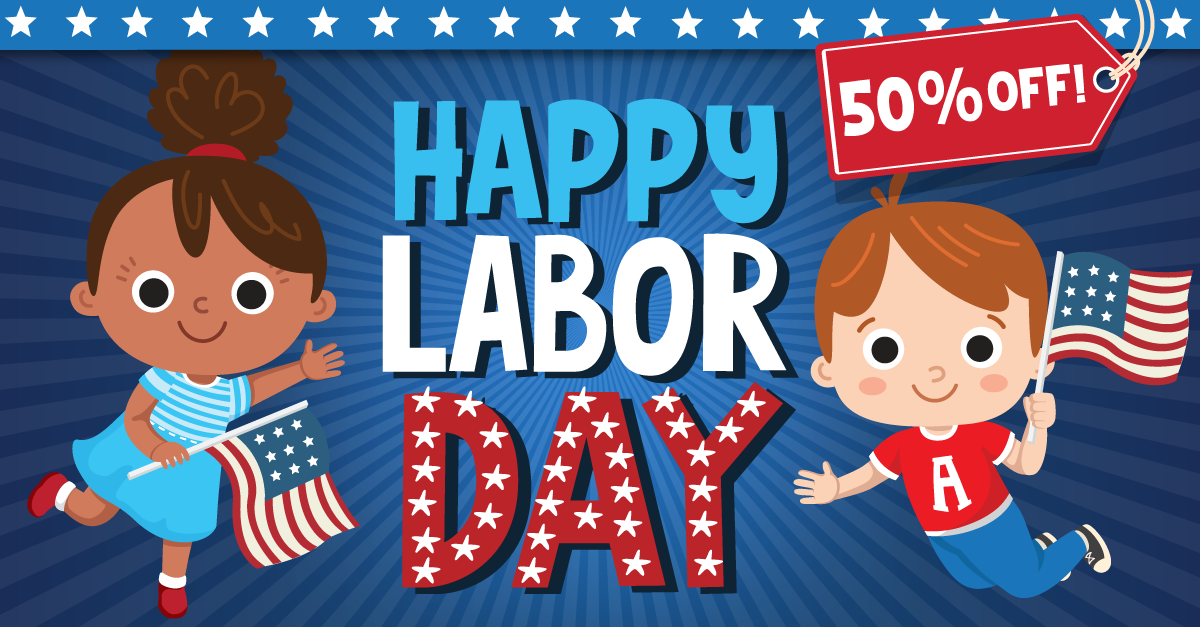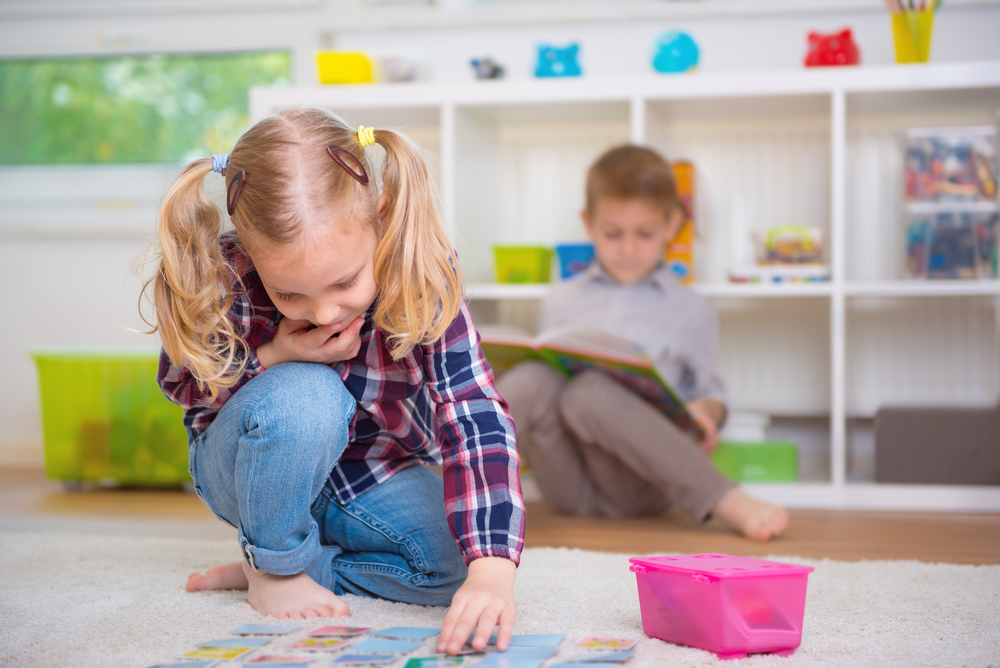Critical thinking development Normal Worksheets for Ages 8-9
7 filtered results
-
From - To
Developing critical thinking skills is essential for children ages 8-9, and our specially designed normal worksheets make learning engaging and fun! These interactive activities foster analytical thinking, problem-solving, and decision-making abilities. Kids will encounter various challenges that promote logical reasoning and creativity, encouraging them to think independently. Our worksheets include puzzles, scenario-based questions, and discussions aimed at honing their critical thinking prowess. Ideal for classroom use or at-home practice, these resources help to build a strong foundation for future academic success. Download our critical thinking normal worksheets today and watch your child's confidence and cognitive skills soar!


Balanced Forces Worksheet
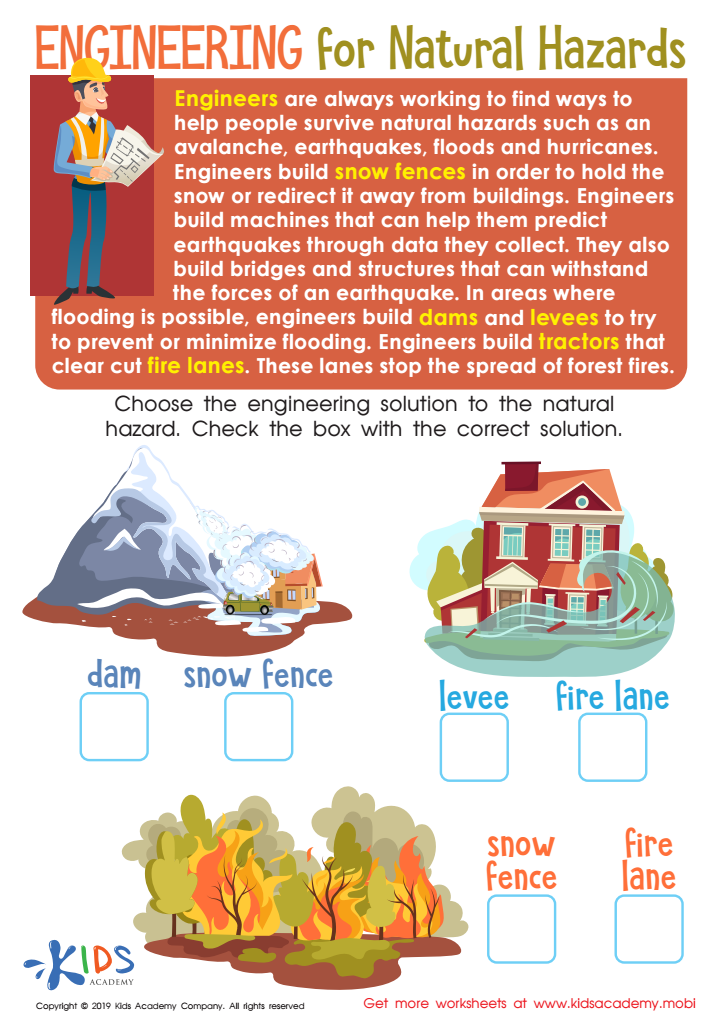

Engineering Natural Hazards Worksheet


Healthy and Unhealthy Behaviors Worksheet
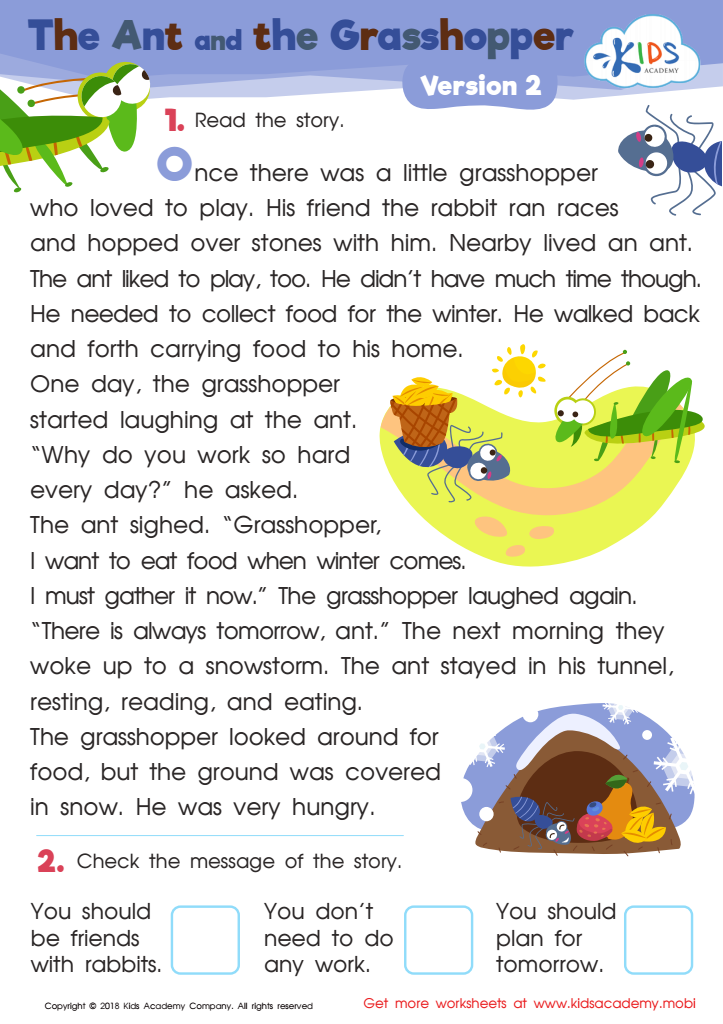

The Ant and The Grasshopper Version 2 Worksheet
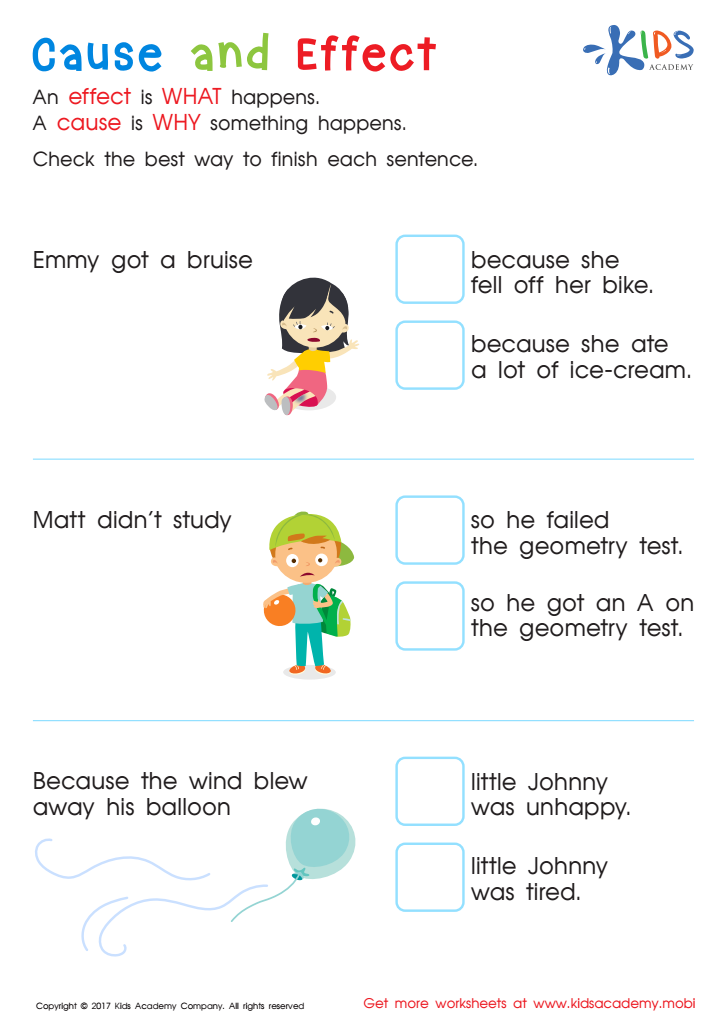

Cause and Effect Worksheet
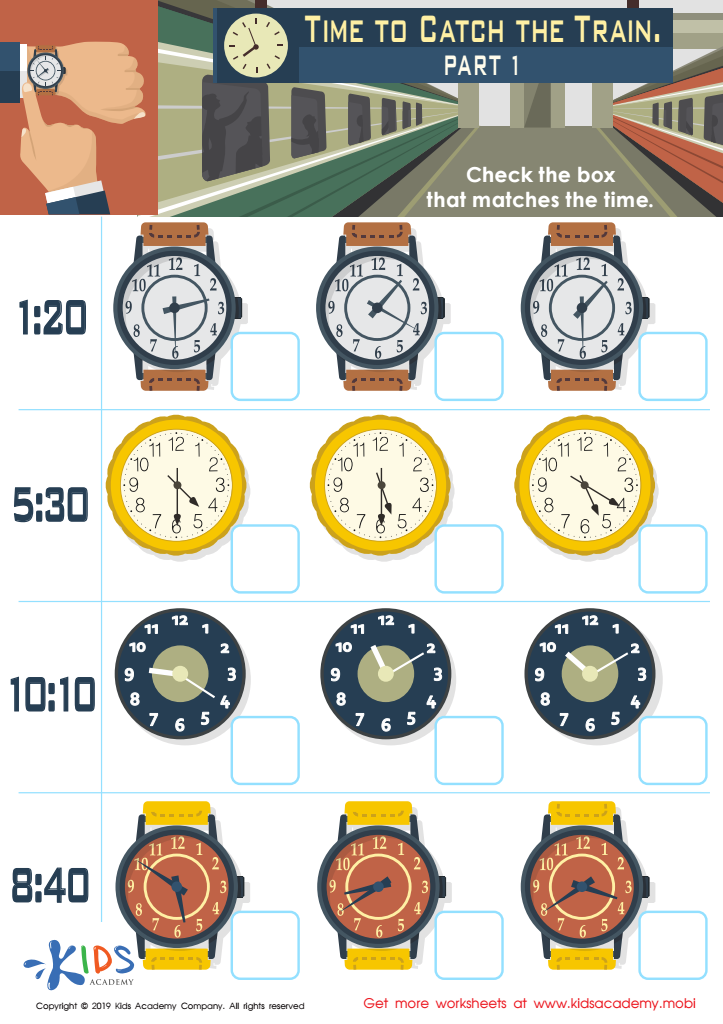

Time to Catch the Train Part 1 Worksheet
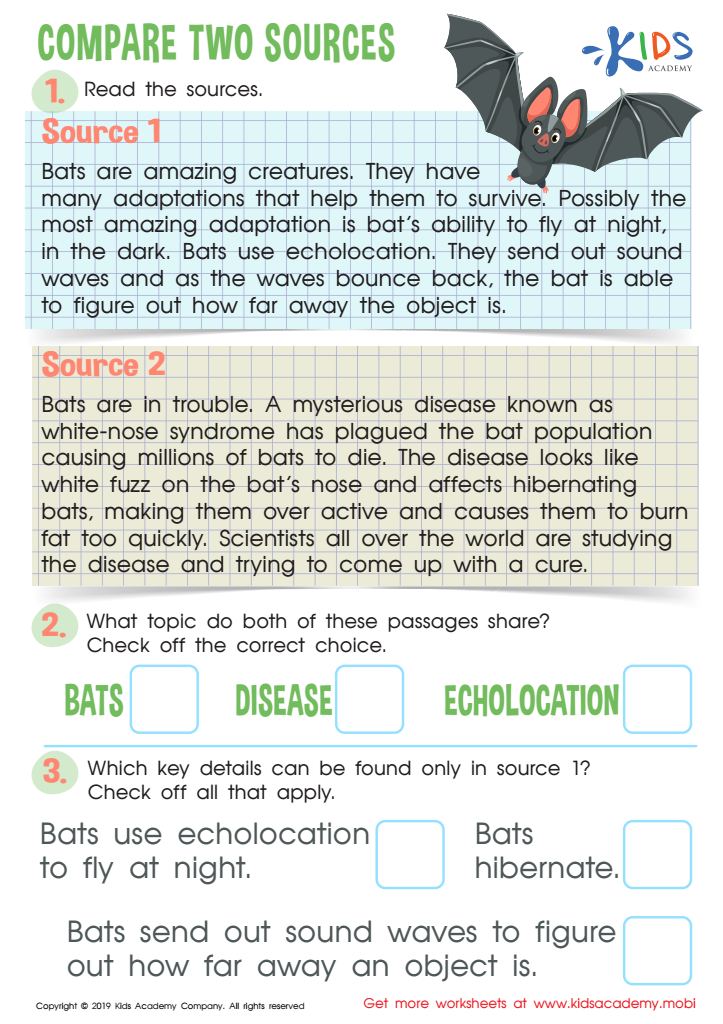

Compare Two Sources Worksheet
Critical thinking development in children aged 8-9 is essential for several reasons. At this stage, children begin to sharpen their cognitive skills and enhance their ability to analyze, evaluate, and synthesize information. Encouraging critical thinking helps them to approach problems systematically and make informed decisions, skills they will carry into adulthood. Moreover, developing these abilities fosters creativity and innovation, allowing children to explore different perspectives and solutions to challenges.
For parents and teachers, nurturing critical thinking becomes an instrumental part of education and child development. It cultivates curiosity, encouraging children to ask questions and seek answers rather than passively absorbing information. This proactive approach to learning not only boosts academic performance across subjects but also prepares them for real-world scenarios they will encounter in their daily lives, such as resolving conflicts and assessing the validity of information.
Additionally, as society becomes increasingly complex and technology-driven, critical thinking equips children with the competence to navigate diverse perspectives and develop a discerning, evaluative mindset. By prioritizing critical thinking at this developmental stage, parents and teachers contribute significantly to raising well-rounded individuals who are not only academically proficient but also thoughtful, independent thinkers in the broader world.
 Assign to My Students
Assign to My Students



